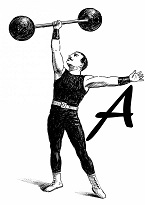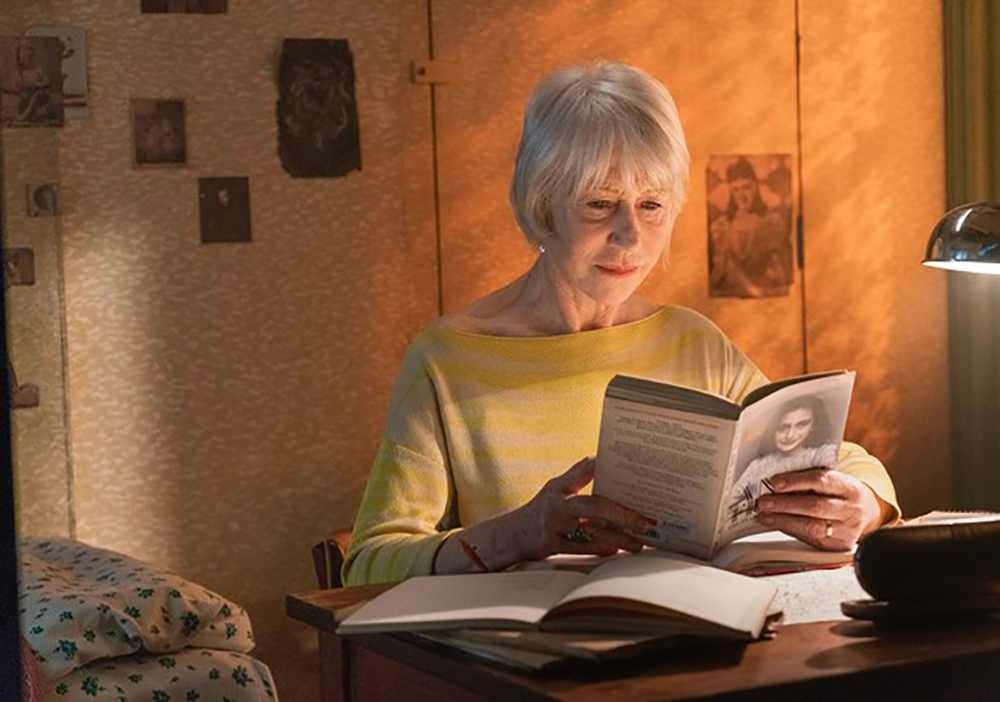What was the meaning of existence as a Jewish teenager in the concentration camps built by Nazis in the 1940s? Very few of us can even have a frame of reference for the trauma of that calibre; “#Anne Frank Parallel Stories” is an exploration of the same. Academy Award Winner Helen Mirren tells us the story of Anne Frank and other survivors of the Holocaust.
The 75th anniversary of the Auschwitz liberation has been marked by this heartfelt and valuable documentary, as we move forward in time; the living survivors of the holocaust are reduced in number. What is important for us is to preserve the history of this event and make sure that humanity takes the Holocaust as a lesson for the future. This documentary is for the new age to understand Anne Frank and her story, which represents those 1.5 million documented children who died in this holocaust not for what they did, but for who they were.
“#Anne Frank Parallel Stories” is a brand new interpretation of Anne Frank’s story and not only does it re-read the diary of Anne Frank, but it also tries to understand what Anne’s psychological state would have been while she was in hiding for two years. The film has tried to draw a parallel with a teenager from 2020, who is the same age as Anne when she died, and how she interprets Anne Frank and her journey…which gives us a surprising comparison of how young Anne was.
In a first, five surviving members of the Holocaust who were teenagers have been interviewed and their stories are brought to light to realise how grave the Holocaust was—and how far-fetching the implications in fact were. This documentary does a brilliant job of adding to the prior body of Anne Frank films which have existed from the 1950s to 2019.
A picture speaks a thousand words. There are some amazing Shoah exhibits all over the world, which are often very beautiful and moving—and, incidentally, a very shrewd account of the Terezin ghetto in the Czech Republic. Perhaps what gives Anne Frank’s story so much power is the number of photographs that exist of her and her family. The archival interpretations are shown primarily from photographs, images, and videos from the location of the camps; the accounts of oral history are really moving, and give a message of unity and peace to the viewer.
Films in the Anne Frank domain have previously focused on the trauma of the detainees in the camp, which is valid in that sense. But, this documentary has also focused on the Schutzstaffel (SS), which was a paramilitary youth Nazi organization, who were the primary torturers in the detention camps. The literature on how the SS was treated post liberalization of these camps by the British is also very overwhelming; scenes depicting a mass grave of 23,000 victims (which may also have included Anne and her sister Margot) is another twist of the gravity of the largest documented genocide in the history of the 19th and 20th Centuries.
“#Anne Frank Parallel Stories” is raw and seems likes a starting step in the nature the youth interpretation of the Holocaust; the real struggle perhaps starts from here: when no living account of the Holocaust would exist, would the world realise what it actually was? The documentary is pious with its intention and comes from a place of peace and its message of kindness in the world we live in. #AnneFrank is a trend for us all to follow.


